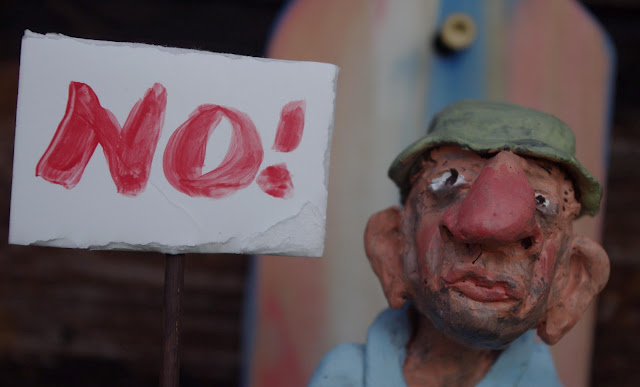mixed media sculptures

These are three dimensional mixed media pieces formed over repurposed kitchen cabinet doors. They are made from generally nontraditional materials including cement mortar, joint compound, burlap, twine, medical gauze, and other bits and pieces, and painted with latex and acrylics. "16"x21" 13"x19" 11"x18"





